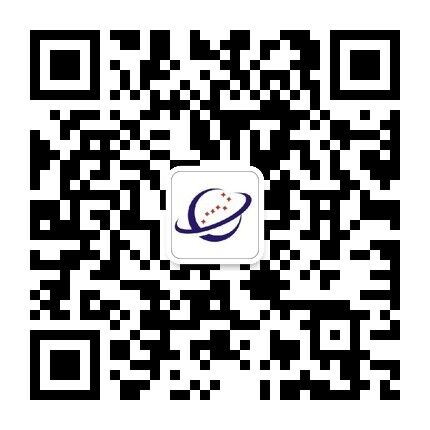BSS8000 Series Real-time Software Simulator
The BSS8000 Series Real-time Software Simulator is a navigation data simulation simulator that could output IF data (intermediate frequency data) directly. It adopts the technologies of “CPU+GPU” MPP (massively parallel processing) computation and highly precise simulation technology, and supports the IF data output with arbitrary frequency combination of BDS / GPS / GLONASS / Galileo constellation. BSS8000 Series Real-time Software Simulator could adjust the sampling frequency, center frequency, signal power and digitalizing bit in baseband data, and the IF data can be in-phrase channel or I/Q channels output. This series simulator satisfying the algorithmic research and verification of the customer terminal, and could be widely used in teaching and research in higher educational institutes, laboratories, etc.
The Basic Software Simulator (BSS8100)
The BSS8100 Basic Software Simulator is a multi-constellation, multi-frequency and baseband digital signal simulator. It faces GNSS and launched for design and development, teaching demonstration and experimental application for various types of receivers.
The BSS8100 supplies satellite navigation baseband digital signal simulation to GNSS. Each frequency point of it could produce 12 satellites baseband digital signal. The BSS8100 supports constellations of BDS/GPS/GLONASS/Galileo of baseband digital signal simulation outputs with arbitrary frequency point combination. It could meet diverse requirements from subscriber terminal equipments, such as design and development, teaching demonstration and experimental application.
Configurations
Software receiver (optional): to research and verification of the core algorithm of acquisition, tracking and so on.
Test and evaluation software (optional): index real-time assessment, such as position user device, speed measurement, and report output.
Features
1. The simulation of satellite orbit, satellite clock error, delay differential TGD, Ionospheric delay, troposphere delay, epipolar relation, relativistic effect, atmospheric parameters, user trajectory, etc;
2. Generate and test the static and dynamic trajectory;
3. Establish pseudo-range, power and carrier phase in per channel independently;
4. Generate the navigation message for constellation model;
5. Multipath signal simulation;
6. Generate programmable signal scenario;
7. Atmosphere and ionosphere model parameters setting;
8. Record and output observation data and navigation message.

